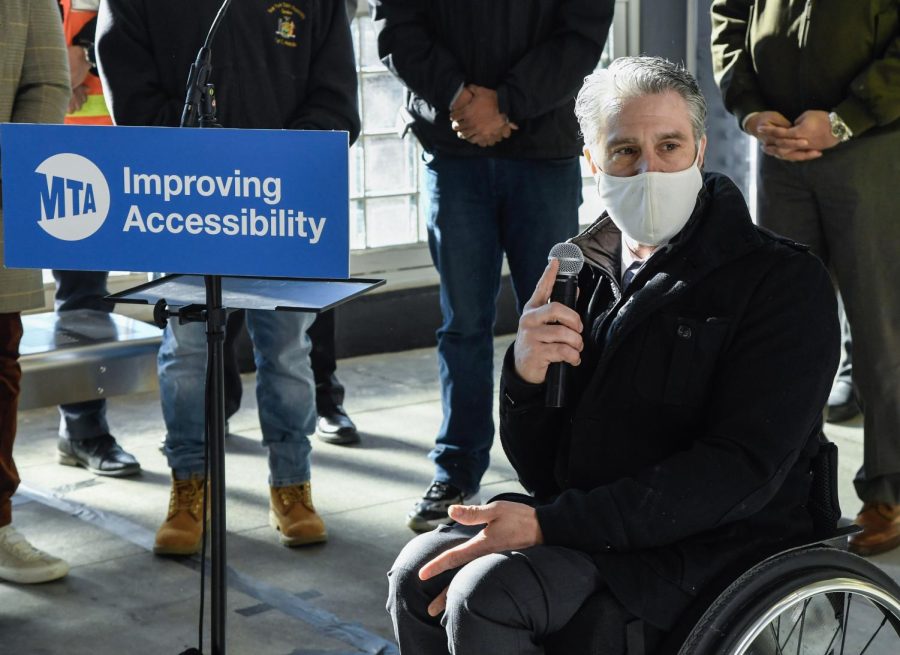MTA’s push for accessible stations welcomed, but overdue
December 13, 2022
The Metropolitan Transportation Authority announced plans to install accessibility upgrades at multiple subway and Long Island Rail Road stations on Nov. 30.
The MTA is taking strides to improve station accessibility for disabled commuters, but these changes are long overdue.
The package of accessibility upgrades includes the replacement and upgrade of elevators at Woodhaven Boulevard and Rockaway Boulevard, Queens, Borough Hall, Brooklyn and five other stations. Seven LIRR stations will become accessible for the first time.
A 2017 lawsuit by the Center for Independence of the Disabled, New York alleged that the MTA violated New York City Human Rights Law due to lack of accessibility within its stations.
The court filings included a complaint that people who use wheelchairs “are blatantly denied access to 360 subway stations (almost 80%) in New York City, due to Defendants’ failure to install elevators and otherwise ensure vertical access at the majority of stations.”
A second lawsuit filed in 2019 by the Southern District of New York involved the MTA’s lack of “stair-free routes.”
In June 2022, the plaintiff reached a settlement with the MTA in which the transit authority agreed to make at least 95% of its 364 currently inaccessible stations accessible by 2055.
This settlement is hailed as a landmark decision because at the time of settling, only 113 out of the MTA’s 472 stations were accessible.
The MTA has overseen paratransit service since 1993, yet less than 25% of its stations have the facilities needed by people with disabilities to travel. It begs the question of why accessibility was never a priority until now.
For instance, the MTA suggested cutting funding from the on-demand Access-A-Ride program as recently as August 2020 to reduce its $16.2 billion budget deficit that would last through 2024.
This program differs from the traditional Access-A-Ride program because users can use an app to request a cab ride the same day instead of having to book a ride a day ahead. This granted people with disabilities the opportunity to take transportation freely instead of planning around their limitations.
“People with disabilities are often among the first to see services cut and the last to be included in the conversation,” Jeff Peters, communications director at CIDNY, New York, wrote to City & State in an email about the MTA’s proposal.
Even before the pandemic, the MTA struggled to finance the Access-A-Ride program, and requested that the city pay half of its operation expenses, according to the NY Daily News.
“Despite being legally responsible for providing paratransit service, the MTA seems to think it’s easier to extort New Yorkers for additional funds than to solve their long-term management woes or create a long-term solution,” Freddi Goldstein, a spokeswoman for former Mayor Bill de Blasio, said in 2019.
The de Blasio administration rejected the MTA’s proposal, and the authority’s financial woes did not lessen in subsequent years.
MTA Chief Financial Officer Kevin Willens expressed that the agency needs $600 million in subsidies to balance its budget next year, even though it plans to raise fares and tolls by 5.5% this year.
While the accessibility construction is a positive action by the MTA and adheres to the Americans with Disabilities Act, the MTA should ensure that equitable transportation is a priority, even when they are not under legal duress to do so.







